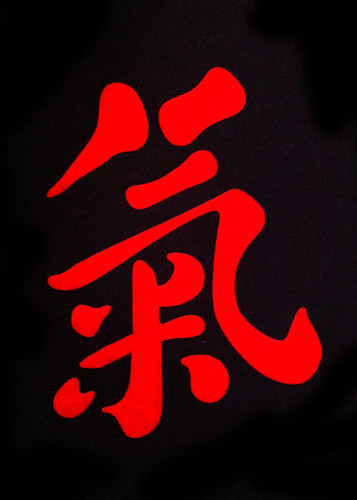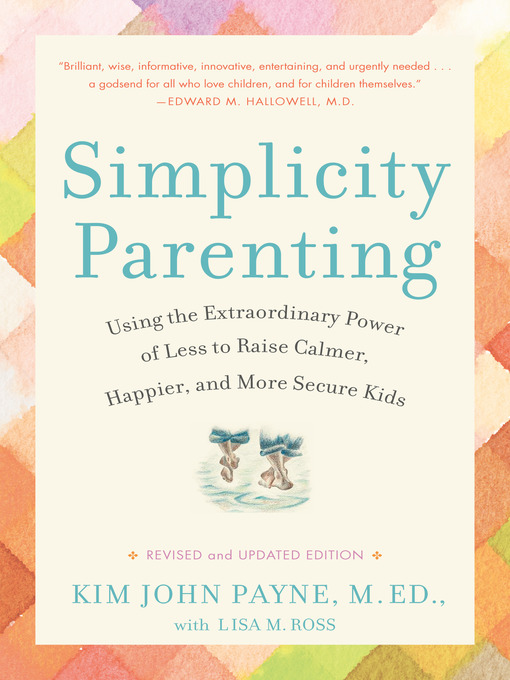
"And comparing the expanse of the world into which a man enters on death is like comparing the spaciousness of the world to the womb; only it is wider and greater"
-Al-Ghazili in The Book of Patience and Thankfulness
-Al-Ghazili in The Book of Patience and Thankfulness
It's always a blessing to witness a birth, but as with everything in Ramadan, this blessing becomes manifold. This has been the year of precious Ramadan babies. They've all come with ease and grace, and many lessons to teach their midwife. In the quote above al-Ghazali says that this birth is a simile for the birth we will experience when pulled from our graves. A mother is earth, her flesh a portal transformed for another life. In tears, sweat, and joy she surrenders to life's calling and purpose; a new soul to traverse the earth.
It is an impossible thing birth. Even as I watch mothers over and over again, I am always amazed that this is how human life begins. The act of birth is a great sign from God. What we would logically call impossible, in each moment of labor becomes more and more possible. At first we see a quarter size of the head, with each contraction we see more, but then it too disappears back into the womb. This is the two-steps-forward-one-step-back dance of the second stage. Allah's power manifests itself clearly now as each witness is silently contemplating the possibility of a human emerging from such a small space. Even the mother needs a 'you can do it' at this point. Once we've given up, only then do we move forward.
Soon the prince or princess is crowning, emerging from one consciousness to the next. The attendants watch in wonder as the miracle that is about to occur pauses. With the next contraction the head spirals into Earth's pull. A graceful exhale is warranted. The mother is in awe. The midwife is honored to be of the first to lay hands on the world's newest member. It must be done with intention and clear spirit, for these new beings are impressionable. The shoulders and body emerge and a slippery body is placed on a heaving mothers chest.
The midwife can sit back now and watch from the corner. The room is still and seems to be full of angels, at least two more have just been called to duty. It took so long, yet went so fast. What we were once anticipating for months and months is now here in a matter of moments. The eyes of a child just born reveal all we need to know, aware, watchful, and knowing. As he takes in his surroundings, I wonder how we will take in our surroundings at the next phase of life. Will it be as astonishing and grand? Will there be joy or grief? What I now cannot fathom, a grave, bones, and a resurrection, will it all seem so obvious after the fact? Will I know who I am and will there be familiar souls to accompany me?
I'm not certain and apprehensive of the answers to these questions. But I do know that my perch in the birthing room again and again increases my certainty that creation is continually happening, and as uncertain as a new life after the grave may seem, each birth brings me closer to the fact that for the Creator, it is possible. It is just as possible as young mother stepping into a birth tub by herself, and emerging from it with another life. We dry them off and tuck them into bed. An ordinary miracle on a sunny Ramadan day.















